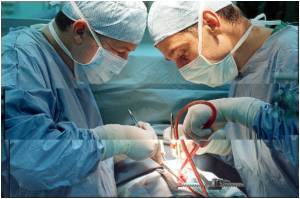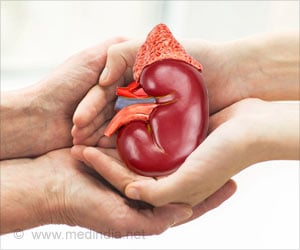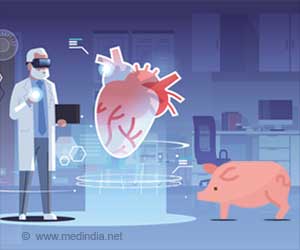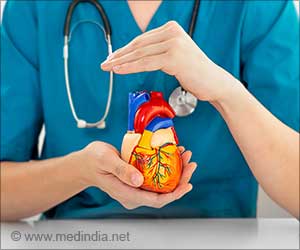Tyson Smith woke up with new outlook - the reason is he had two beating hearts, one his old failing hearts and a newly transplanted heart.
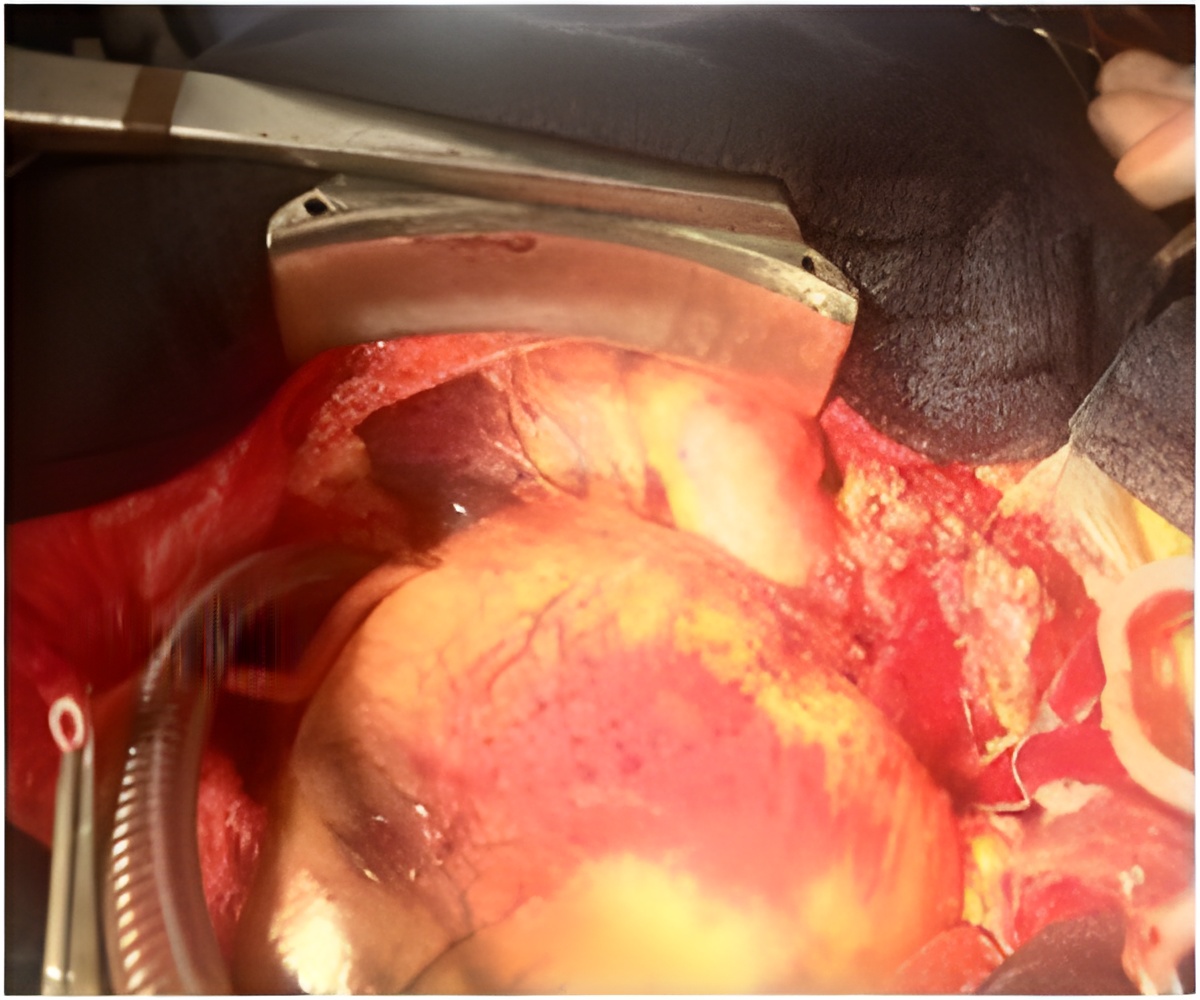
Even though Mr. Smith was facing death, he could not have a standard heart transplant. Removing the old heart and replacing it with a new heart would have caused the new heart to fail, because resistance to flow in his lungs - called pulmonary hypertension was so high, explained Michael Madani, MD, associate professor of surgery and co-director of UC San Diego Sulpizio Cardiovascular Center. But together, the two hearts share the work and get the job done.
In the heterotopic procedure, the new heart is positioned on the right side of the patient's own heart. The donor and recipients left atria (filling chambers) are surgically attached to each other, allowing bright red, oxygenated blood in the patient's original heart to flow to the new heart. It is then pumped by the new left ventricle into the patient's aorta which brings new and increased flow to all parts of the body.
Mr. Smith had two options: a mechanical left ventricular assist device (LVAD), which would replace the function of his left heart and allow him to then go on to a standard heart transplant in a few months; or the so called "piggy back" transplant, which replaces the patient's left heart and allows the patient's right heart to continue the right-sided pumping through the lungs, said Copeland. This way, Mr. Smith needed only one operation rather than two, which saves the patient time, inconvenience, and pain, and reduces medical costs.Smith is expected to be discharged to his home in two weeks and return to a normal level of activity within the next few months.
Source-Newswise



